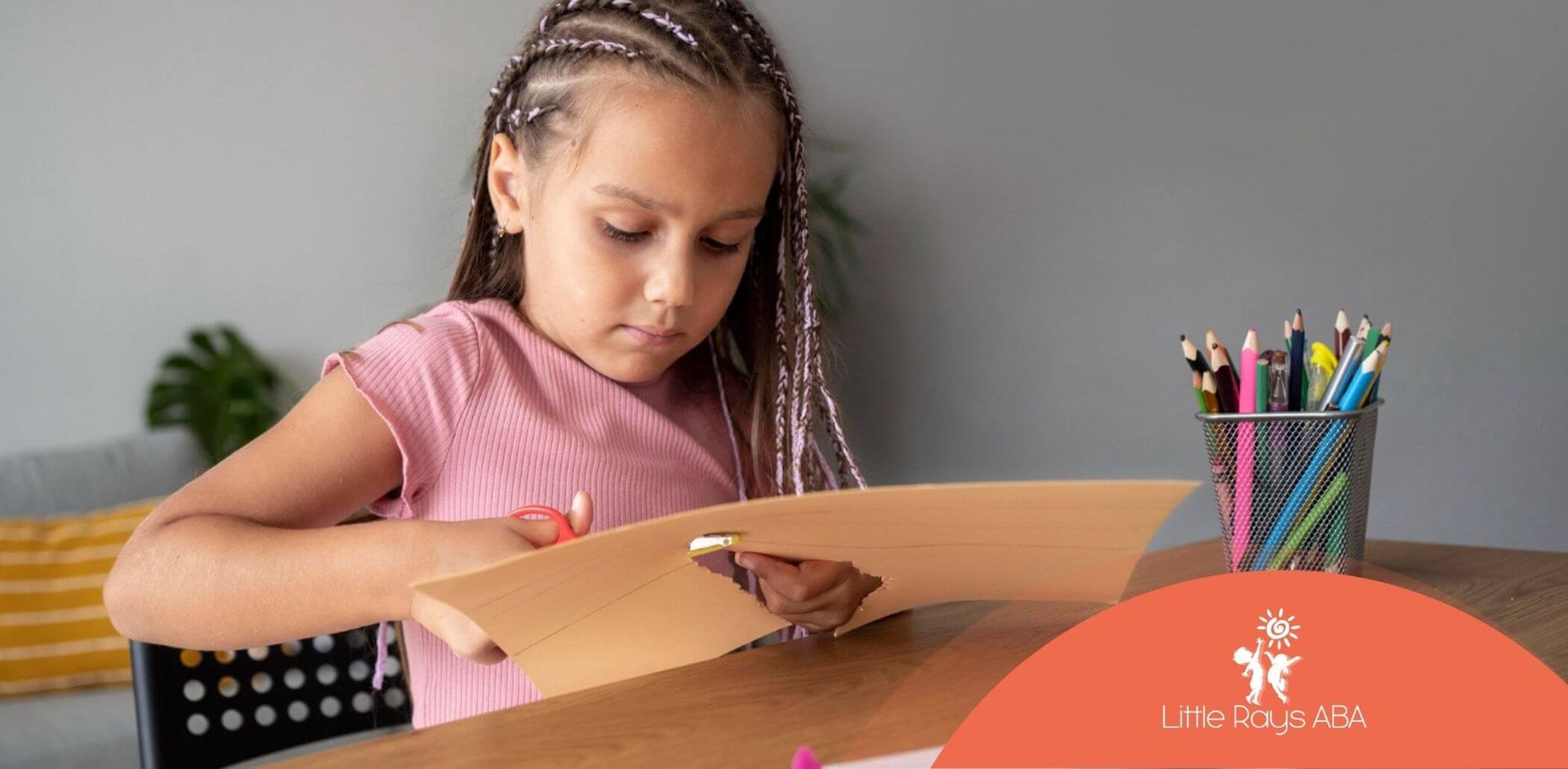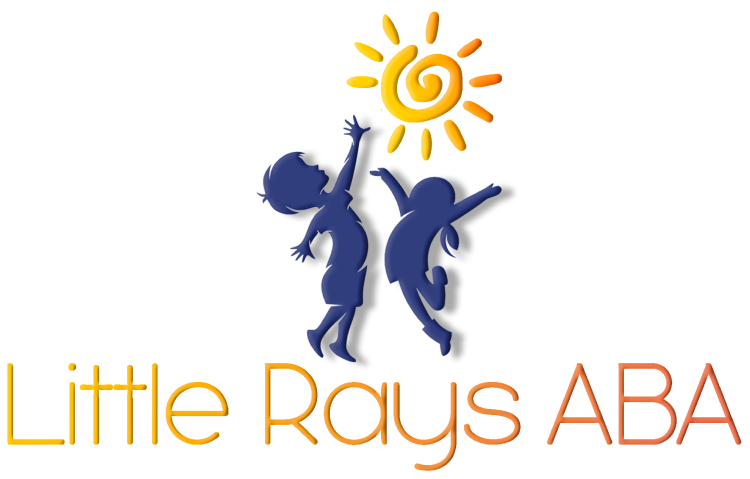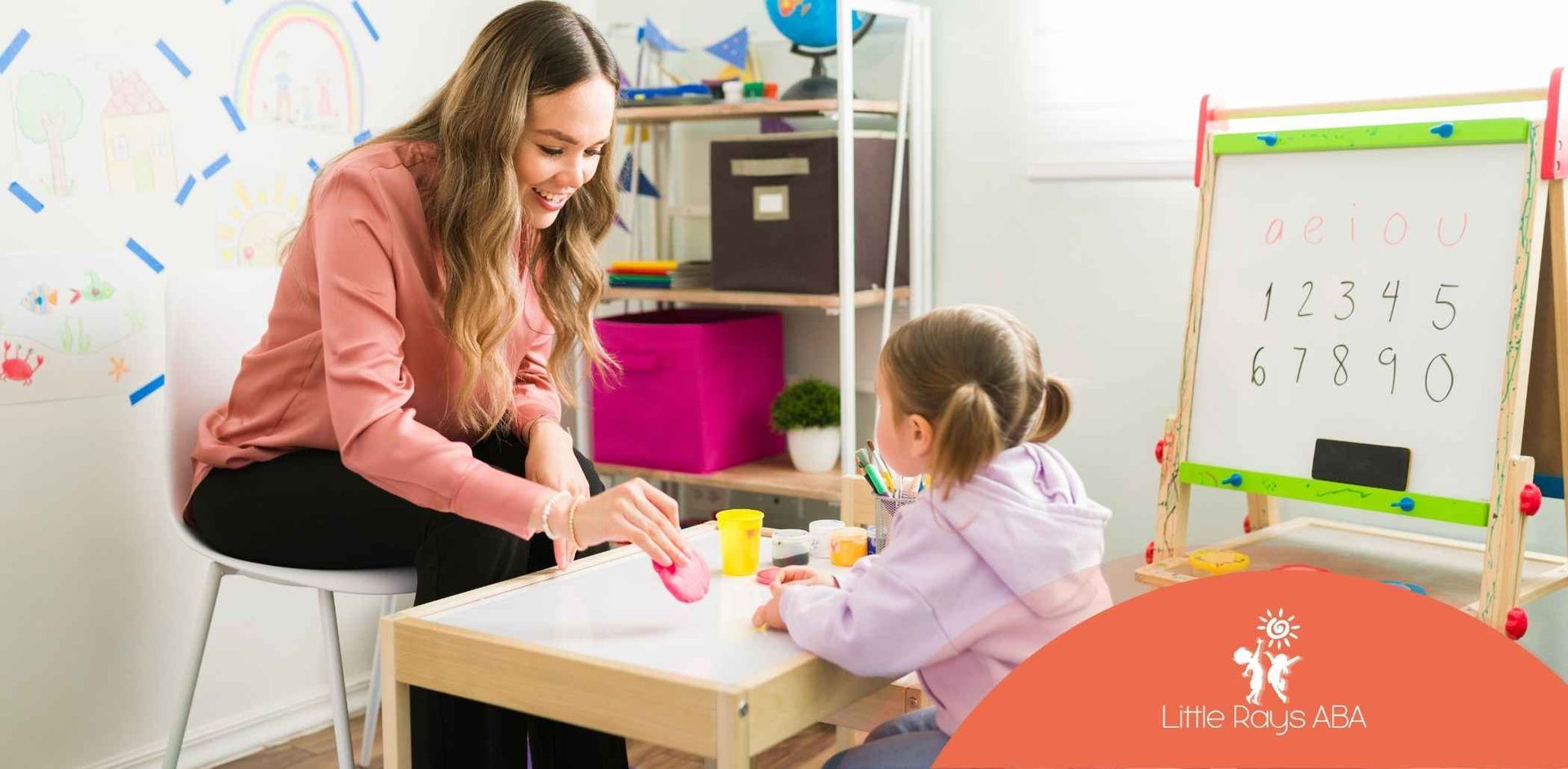
Forward, Backward, and Total-Task: Understanding the 3 Key Chaining Methods in ABA Therapy
In Applied Behavior Analysis (ABA), chaining refers to the process of teaching complex behaviors by breaking them down into smaller, manageable steps.
There are three primary types of chaining: forward chaining, backward chaining, and total-task chaining. Each method has its unique approach, catering to different learning needs and goals.
Let’s break them down.
1. Forward Chaining
With forward chaining, the behavior is taught starting from the first step and moving forward through each subsequent step. This method helps learners gain independence in a natural sequence.
For example, if you’re teaching a child how to brush their teeth, they would first be taught how to pick up the toothbrush, then apply toothpaste, and so on until the full routine is learned.
2. Backward Chaining
In backward chaining, teaching starts with the last step of the task and works backward. This method is often more rewarding for the learner since they can experience the full outcome of the task early on.
For instance, if the task is washing hands, the learner would be taught how to dry their hands first, then work backward through the steps until the task is mastered.
3. Total-Task Chaining
This approach involves teaching all steps of the task at once, allowing the learner to complete the entire sequence with help as needed. It’s ideal for tasks that are relatively simple or when a learner has some experience with similar tasks.
According to the Institute for Applied Behavioral Analysis, chaining is a vital strategy for improving independence in children with autism spectrum disorder (ASD). Each method has been shown to be effective in building both motor and cognitive skills, leading to greater autonomy.
Little Rays ABA offers in-home ABA therapy, school-based ABA therapy, in-camp ABA therapy, and parent training for families in Florida. Contact us today to learn how we can support your child’s development.
FAQs
What is the purpose of chaining in ABA?
Chaining helps break down complex tasks into smaller steps, making it easier for individuals to learn and master each part.
Which chaining method is best for my child?
The best method depends on the task and the learner’s preferences. Forward chaining is great for tasks that need to be learned step-by-step, while backward chaining can provide early rewards.
How does chaining support independence?
By teaching tasks in manageable chunks, chaining helps learners gain confidence and independence in performing everyday activities.
Related Posts





